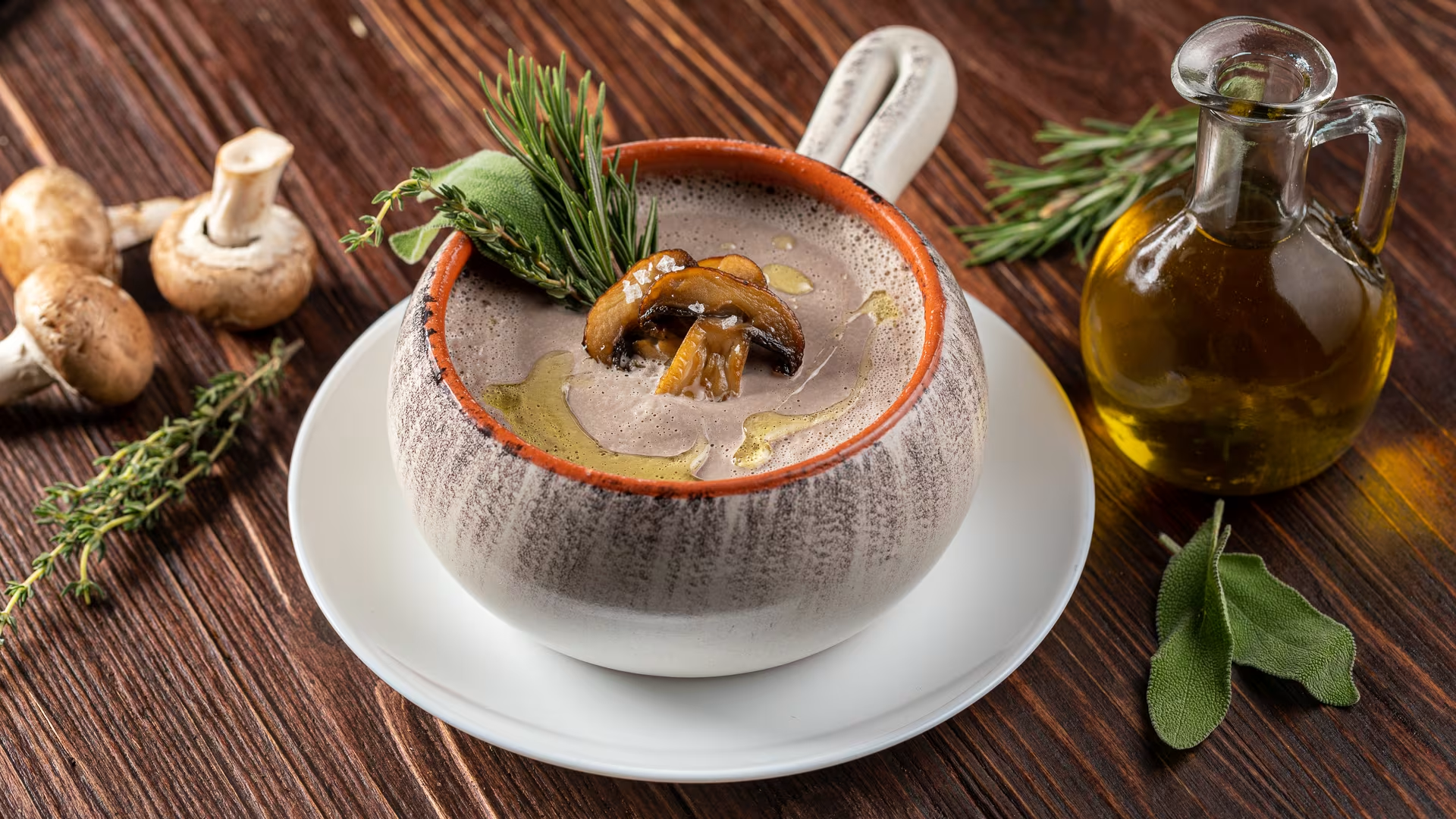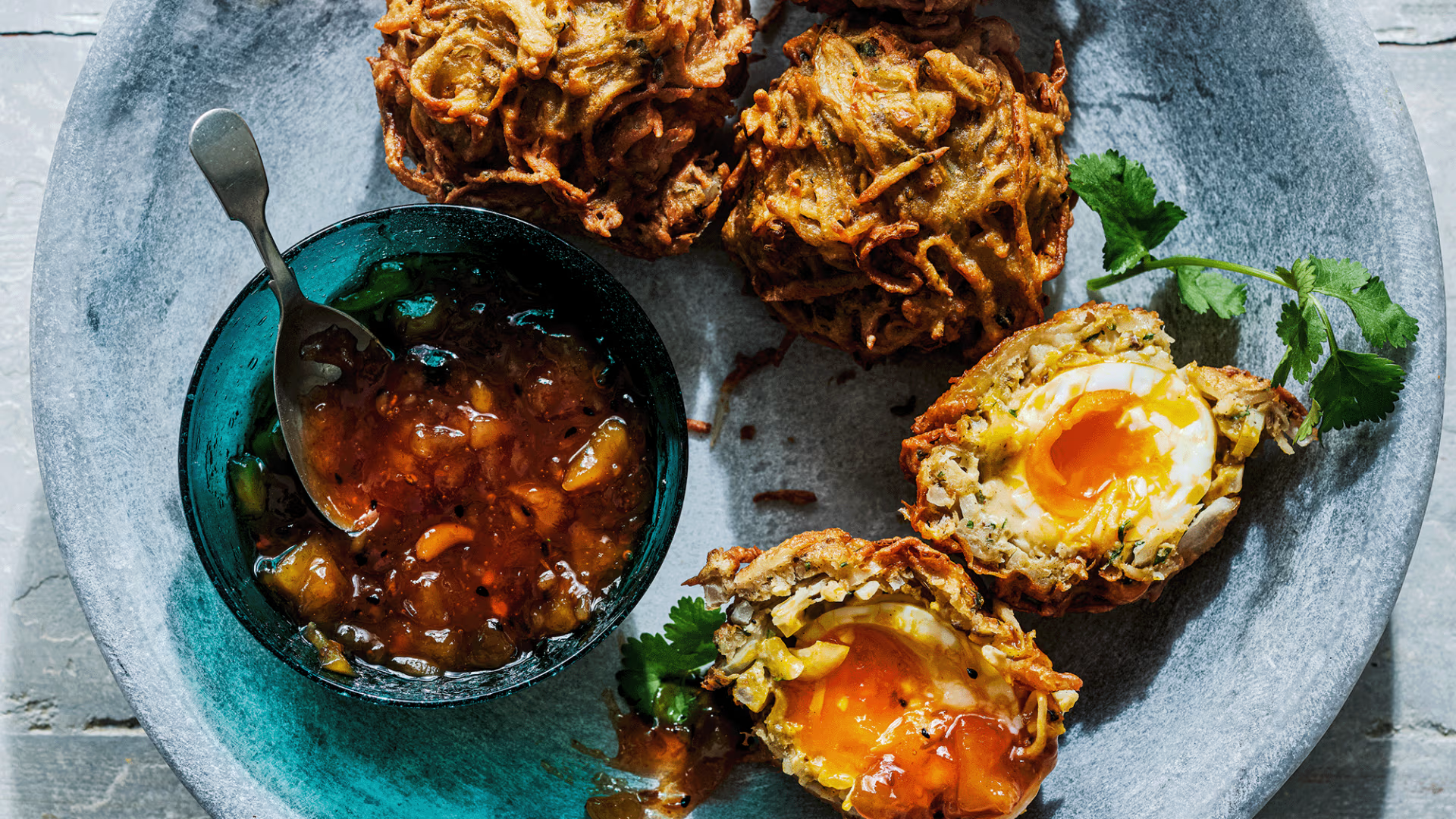
Delicious Waterblommetjie Recipe: A Taste of South Africa's Hidden Gem
Written by Jessica Lopez
Published at 05-11-2022
Edited on 03/24/2025 | 03:38 AM
Vegetarian RecipesCourse: Main Course
Cuisine: South African
Difficulty: Easy
Servings
4-6 people
Prep Time
15 minutes
Cooking Time
30 minutes
Total Time
45 minutes
Fat
10g
Protein
8g
Carbs
20g
Calories
250 kcal
Welcome to a delightful journey into the heart of South African cuisine with this enchanting waterblommetjie recipe! Waterblommetjies, or Cape pondweed, are tender, green flowers that bloom in the wetlands of South Africa. These unique vegetables are not only a local delicacy but also packed with flavors and nutrients that will elevate any dish. Traditionally enjoyed during the winter months, waterblommetjies are often used in stews, soups, and salads, making them a versatile ingredient in any kitchen. In this recipe, we’ll guide you through a simple yet delectable way to prepare waterblommetjies, allowing their natural flavor to shine.
Whether you're a seasoned chef or just beginning your culinary journey, this dish is easy to follow and sure to impress. The earthy taste of the waterblommetjies complements rich meats beautifully, and when paired with a creamy sauce or zesty dressing, it creates a harmony of flavors that’s simply irresistible. Not only do waterblommetjies taste amazing, but they are also a sustainable choice. Harvested from the wild, they are an eco-friendly ingredient that supports local farmers and communities.
This recipe embraces the essence of South African cooking, showcasing the beauty of local ingredients and traditional flavors. So, if you’re looking to spice up your dinner table and impress your guests with something extraordinary, this waterblommetjie recipe is just what you need! Let’s dive into the ingredients and get cooking – your taste buds will thank you!.


